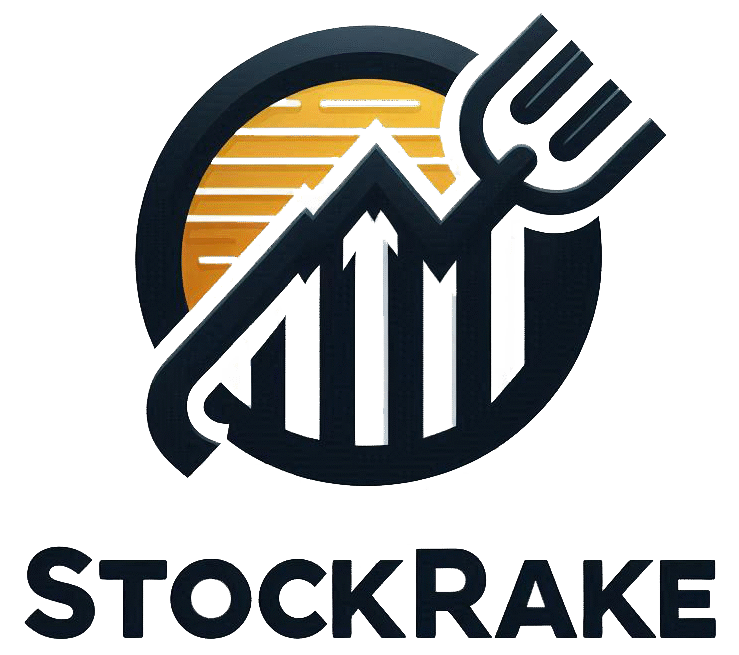Every investor wants to grow their money, right? But simply picking random stocks or fixed deposits won’t cut it. You need to choose the right mix of assets—like stocks, bonds, gold, or real estate—based on your goals and how much risk you’re comfortable with. That’s where asset allocation comes in.
What Is Asset Allocation?
Building wealth doesn’t happen overnight. It takes planning, consistency, and starting early. Instead of blindly investing based on what others say, you need a clear plan that matches your financial goals.

Asset allocation means dividing your money across different types of investments—such as stocks, fixed-income options, cash, gold, and real estate—to balance risk and reward. The idea is to find the right mix that suits your risk tolerance.
Two people might have the same financial goal but very different portfolios. Someone who can handle more risk may invest more in stocks. Someone who prefers safety may go for bonds. If your goals are short-term, you might lean towards safer investments like fixed-income options. For long-term goals, you may take more risk with equity funds.
Why It’s So Important
Getting your asset allocation right is key to building a strong investment portfolio. Even if stocks offer high returns, they won’t help much if your overall strategy is off. Good asset allocation answers three important questions:
- Where should I invest?
- How should I invest?
- How much should I invest?

Also Read: How Can You Retire Early Through Smart Investing?
Typically, investors balance their portfolios between equity (stocks), debt (bonds), and gold. Your age plays a big role in how you divide your money. As you get older, your investment strategy should change. What works for someone in their 20s may not work for someone nearing retirement.
One Size Doesn’t Fit All

Everyone has a different risk profile. A young investor may be more willing to take risks and invest heavily in stocks. An older investor may prefer safer, more stable investments. A popular rule of thumb is 100 minus your age to decide your equity allocation. So if you’re 34, you might keep 66% of your portfolio in stocks.
Know Your Risk Profile
Your risk profile includes two things:
- Risk attitude – how emotionally comfortable you are with ups and downs in the market.
- Risk capacity – your actual financial ability to handle losses.
Let’s say a 30-year-old with a great job only invests in low-risk options like debt funds. Even though he can afford to take more risk, his mindset doesn’t allow it—making him a conservative investor.

Also Read: How to Automate Your Finances for Long-Term Wealth
As you age, your risk-taking ability usually drops. When you’re young, you have time to recover from losses and can grow your income. But when you’re older, especially after retirement, your savings may be your main income—so you’ll want safer investments.
A Simple Rule Based on Age
As you get older, reduce your risk. That’s why many experts suggest using the “100 minus age” rule. If you’re 25, you could keep around 75% of your money in equity and the rest in safer assets like bonds.

As you near retirement, start moving your money from stocks to debt investments slowly. You can use a Systematic Transfer Plan (STP) to shift money gradually. Later, a Systematic Withdrawal Plan (SWP) can help you withdraw money regularly from your investments for your expenses.
Want help with this? You can explore expert-picked mutual fund plans on the BLACK by ClearTax app to simplify your investment journey.


